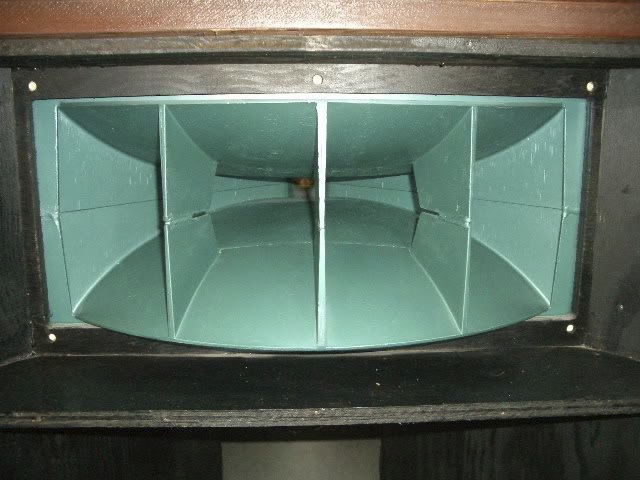But in thinking back of that home, I recall strangers visiting its lush valleys and warm breezes bearing rich pine scents unlike any other in the world. Sitting on the deck and scanning the valley below, one could see tens of miles northward to Rocky Mountain National Park, South Boulder Peak, Mount Audobon, and other spectacular and well known peaks west of Denver, Golden, and Boulder.
Both beautiful and breathtaking, such grand vistas also offer another incomparable feature: quiet unrivaled in most audiophile homes. This view is roughly 7 miles from the main highway at about 9,300 feet in elevation with a National Forest border on the left just out of view. This far from civilization, things get pretty still. Add to that a home built with six-inch studs on 12" centers sitting on an 8" monolithic concrete slab, the basement becomes even quieter. This is where our listening room was located: a place where inner detailing and dynamic range reigned.
Imagine being downstairs in the listening room and being able to hear the refrigerator cycle on and off upstairs at the far end of the kitchen. Imagine lying in bed and hearing twigs snap on the mountainside under the feet of a passing coyote or elk through an open window. Imagine how easy it would be to hear the inner detailing of a good stereo in such a location.
Strangers to the high end would make one consistent comment from the upstairs kitchen before even venturing downstairs to the listening room: "Wow! That sounds great even up here!"
When your stereo is properly matched and voiced, it should sound right even when you are in another room. Being at the "sweet spot" then fetches an experience that is almost as breathtaking as the view from a mountaintop. Everything should come together and provide a psycho-acoustic experience that rivals being at that concert. You should be able to close your eyes and see where in 3-dimensional space a particular instrument was (or was carefully positioned during the final mix).
When finding the right place for your dream audiophile system, begin by searching for the quiet. Once the background noise is gone, you will know when it sounds right.
Yours for higher fidelity,
Philip Rastocny
I do not use ads in this blog to help support my efforts. If you like what you are reading, please remember to reciprocate, My newest title is called Where, oh Where did the Star of Bethlehem Go? It’s an astronomer’s look at what this celestial object may have been, who the "Wise Men" were, and where they came from. Written in an investigative journalism style, it targets one star that has never been considered before and builds a solid case for its candidacy.
- Althea: A Story of Love
- Build an Extreme Green Composter
- The Extreem Green Guide to Wind Turbines
- Build and Extreme Green Hot Water Solar Collector
- The Extreme Green Guide to Solar Electricity
- The Extreme Green Guide to Improving Mileage
- Meditation for Geeks (and other left-brained people)
- Build an Extreme Green Raised Bed Garden
- Build an Extreme Green Rain Barrel
- Build an Extreme Green Squirrel-Proof Bird Feeder
- Extreme Audio 1: House Wiring
- Extreme Audio 2: Line Filtering
- Extreme Audio 3: Chassis Leakage
- Extreme Audio 4: Interconnect Cables
- Extreme Audio 5: Speaker Wires
- Extreme Green Organic Gardening
- Extreme Green Organic Gardening 2012
- The Extreme Green Appliance Buying Guide






